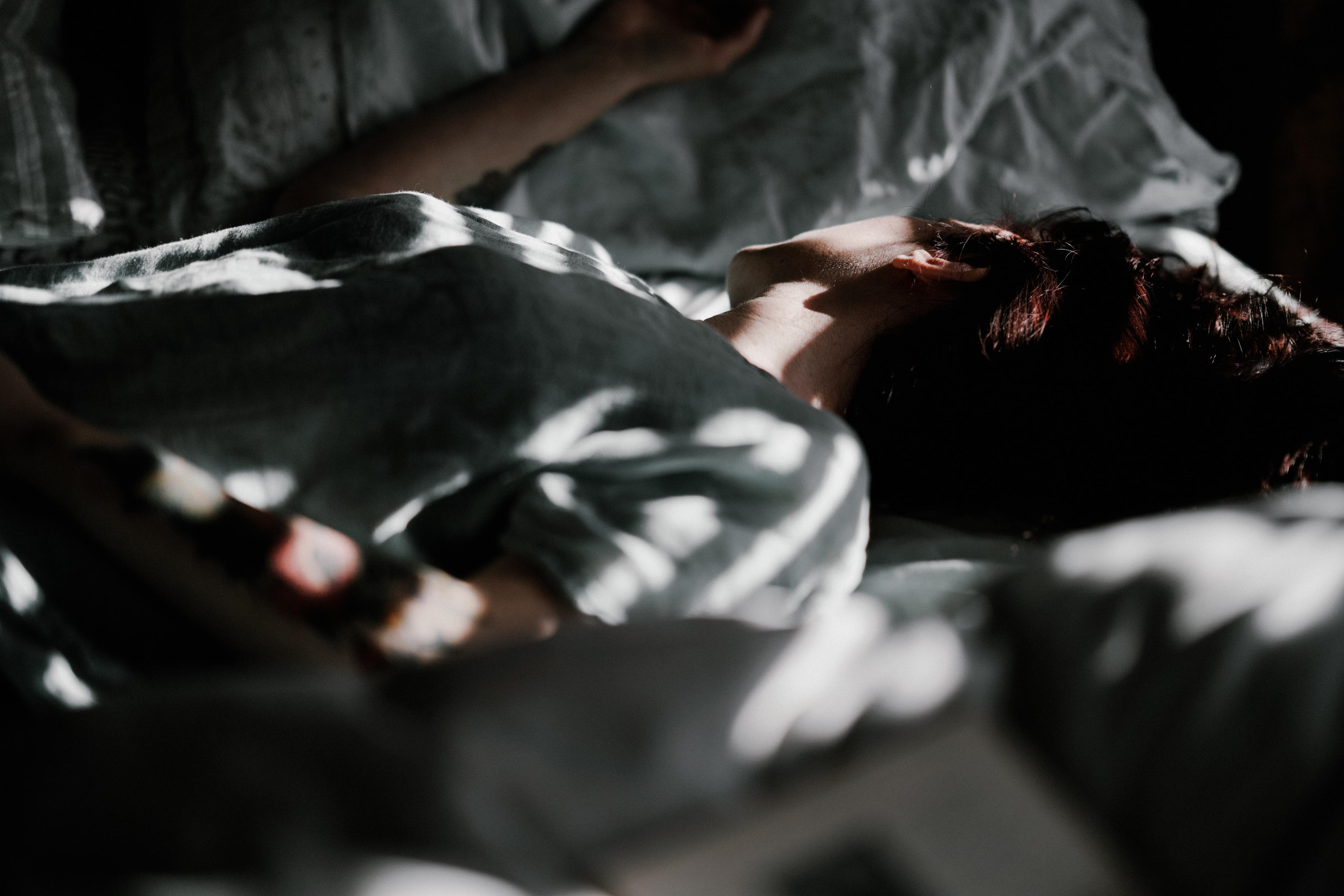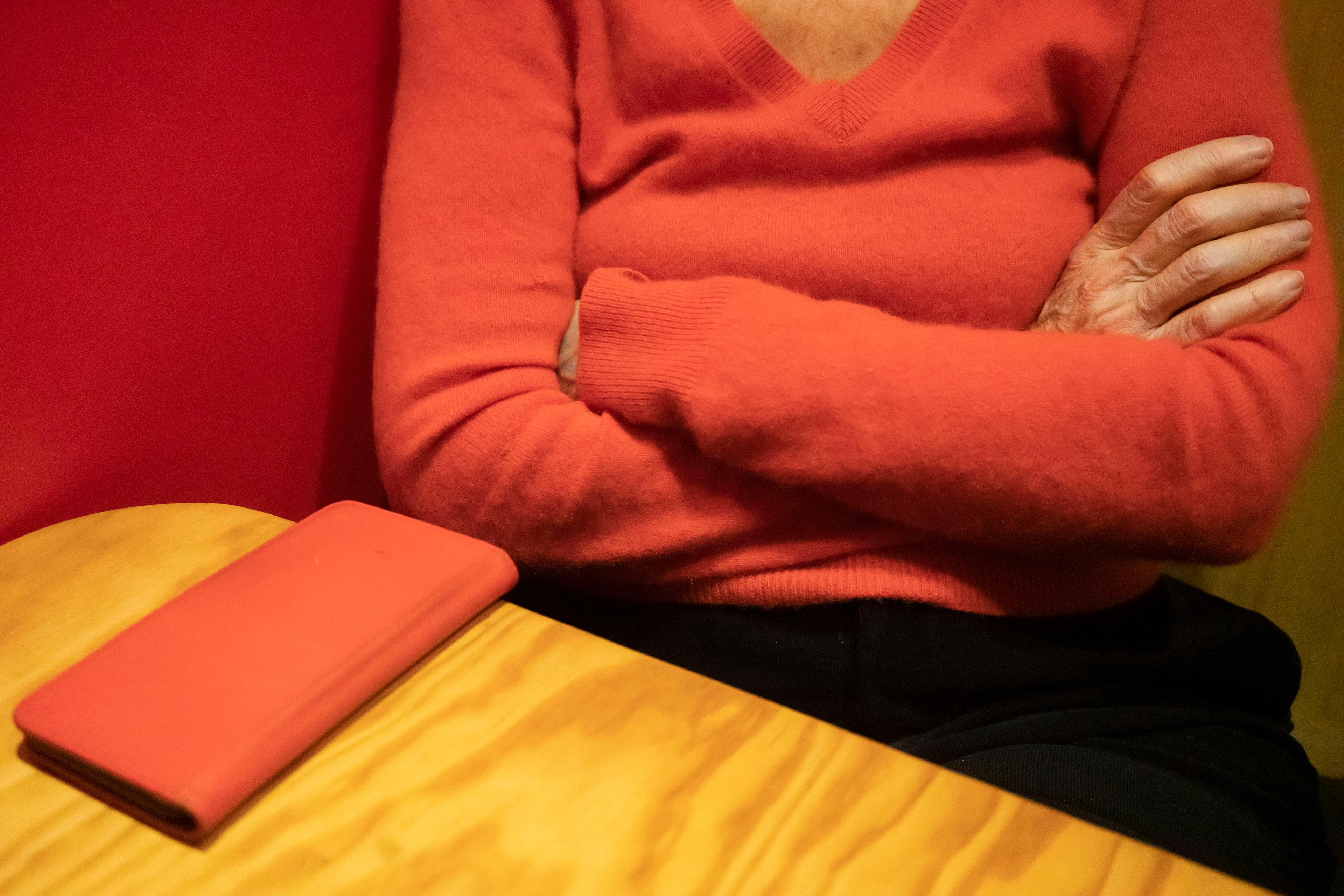In a scene from the film The Social Dilemma (2020), a fictional teen sits on his bed, shrouded in darkness, unblinking eyes glued to his phone screen. He’s become increasingly addicted to the device, neglecting school and extracurricular activities. Now the light from his phone illuminates a blank facial expression as he browses increasingly extremist, harmful content. It’s a stark portrait of a technology wreaking havoc on society, destroying the mental health of its young people.
But is it true? Has the proliferation of social media caused a decline in mental health? Some researchers have argued as much, citing associations between digital media use and mental health outcomes such as depression. Yet others have challenged this view, arguing that these associations are inconsistent and too small to be practically meaningful. A controversial debate has unfolded among researchers and the general public. Is social media use good or bad for our mental health?
This debate takes on further significance as we consider potential effects of social media use on suicide risk. Between 1999 and 2018, the suicide rate in the United States increased 35 per cent. Among females, girls aged 10-14 have the lowest suicide risk – but this period saw a fourfold increase in their suicide rate. At the same time, social media use has risen exponentially. Today, 84 per cent of US adults aged 18-29 use social media, and nearly half of teenagers say they are online ‘almost constantly’.
Are these increases in suicide risk and social media use related? Despite the prevailing negative public sentiment about social media, the truth is that we don’t know. There are many challenges to studying a subject such as this one. Suicide is an incredibly complex phenomenon, and it is almost never the case that a single factor is the sole cause. Randomised controlled trials, the scientific gold standard, cannot settle the question. We cannot time-travel to an ancient era (ie, 2003, before Facebook) and randomly assign some people to use social media and some people not to.
Perhaps most importantly, when we try to answer this question, we are often stuck relying on averages: averages across people, experiences, platforms and time.
To illustrate the problem with averages, imagine that I am asked the following question: is the amount of food people eat associated with their health? To answer, I survey a random sample of people about how much food they typically eat. I also ask them to rate their health.
When I look at the average association between food consumption and health in this study, what do I find? Perhaps no association at all. That’s because, buried in that average, there’s an incredible variety of foods and people, and some harmful extremes, such as eating far too little or too much. There are also some outliers: for example, newborns who need only around 500 calories a day and an Olympic swimmer such as Michael Phelps, who might need 10,000. If I decide to narrow it down to a specific behaviour – say, frequency of eating salads – I might still find only a weak association. For me, salads are good. For my toothless infant son, bad. And even if I narrow it down to a specific person, the association could still remain tenuous. Is the amount of food I eat positively related to my health? If that food is well balanced, probably. If it’s ice cream at every meal, probably not.
Does this lack of a robust association mean that food does not matter for people’s health? No; it means that we are asking the wrong questions. When we think about the health effects of something as broad as ‘eating food’, the answer is that it depends.
Many studies have set out to investigate associations between social media use and mental health. The results have been mixed. Looking at average associations between the frequency with which people use social media and their mental health gets us just this: an average. And this average masks critical information – about individual people with strengths and vulnerabilities, and about specific social media behaviours and experiences.
My colleagues and I recently set out to document what is known about the associations between social media use and suicidal thoughts, suicide attempts, and nonsuicidal self-injury. We conducted a meta-analysis, a systematic review and quantitative analysis of studies that have been published on this topic to date. When we combine the results of this meta-analysis with other recent reviews, we find that, outside of the extremes – that is, excessive use that interferes with daily functioning – the average frequency with which individuals use social media is not reliably associated with suicidality. This seems to be true for both adults and teens, and across platforms ranging from online forums to text messaging to sites like Instagram and Facebook. Instead, we’re learning that any effects of social media use on suicide risk depend on who is using it and how.
If we rely on average frequency of use, we gloss over, for example, the emotional consequences of experiences such as cybervictimisation, and how they affect teens differently. Bullying is transformed when it transitions from the cafeteria to the comment section. While for some youth, the emotional distance afforded by facing one’s tormentor on a phone and not the school hallway lessens the blow, for others, social media amplifies this painful experience – making it more public and inescapable.
In a study funded by the American Foundation for Suicide Prevention, I spoke to teens who had struggled with suicidal thoughts or behaviours. One 14-year-old highlighted the challenges of cybervictimisation:
People are usually scared to pick on people in real life … so they can hide behind social media and pick on you through that. Easy … it can destroy your life … more [than in-person bullying] because more people in the world see it than just in school, so that just hurts you more … when it’s posted everywhere, it’s everywhere.
Our meta-analysis echoes prior reviews in revealing that individuals who are cyberbullied are more likely to report suicidal ideation, nonsuicidal self-injury, and one or more suicide attempts. Nearly all of these studies are cross-sectional, which limits the conclusions we can draw about cause and effect. However, we can extrapolate from other evidence – that cybervictimisation is related to other mental health outcomes (ie, depression, anxiety) over time in youth, and that offline victimisation is associated with suicidal ideation over time – to infer that, for some, and teens in particular, cybervictimisation might precede and predict suicidality.
Cyberbullying is just one type of social media experience relevant to suicide risk. Another is the creation or consumption of content explicitly related to suicide – including posts, messages and videos with visual or text-based references to it. Our meta-analysis suggests that both individuals who post suicide-related content and those who are exposed to it report higher levels of suicidal ideation and likelihood of attempts. The direction of causation – that is, what caused what – is again a key question here, but one study found that youth exposed to online self-harm content experienced heightened suicidal ideation and self-harm one month later. Furthermore, theories of so-called suicide contagion suggest that exposure to information about one suicide in a community might increase suicide risk among vulnerable individuals, especially teens. These effects are more likely when information glamorises suicide or provides details of suicide methods. To the extent that at-risk individuals are encountering this type of content online, we might have reason to be concerned.
Is the answer, then, to keep people who are at risk of suicide off social media, or to eliminate all suicide-related content on these platforms? Such an approach would rely too heavily on an average association, one that misses the potential benefits of social media. The use of social media to provide information about suicide risk, to reduce stigma, and to promote access to resources and treatment is, perhaps, one of its greatest advantages in the context of mental health.
When individuals receive support or intervention as a result of communication about suicide online, that is incredibly powerful. This might include information about suicide warning signs from mental health organisations, posts by friends and celebrities about personal mental health struggles, or simply supportive messages from a friend. Social connection is a major protective factor against suicide risk, and social media provides a venue for social support that is both immediate and accessible. It opens up new possibilities: individuals can access support from a community of peers to whom they would never have access offline, including those with shared experiences and identities. And these critical benefits, for certain individuals in certain circumstances, should not be ignored.
Remember the 14-year-old who spoke of the risks of cybervictimisation? She also described social media as a crucial social outlet:
I play this game [online] where I make friends and they help me … that’s where I make the most friends … I tell them if I’m having difficulties with something, they try to help me through it. Like if I’m feeling suicidal. They try to talk me through it. They’re like, OK, you can’t do it because we all care about you … it’s really helpful.
The effects of social media use on mental health are complex. For some of us, social media will be a lifeline – connecting us to friends, family or strangers in times of need. For others, it will be a landmine – exposing us to triggering content or harassment. For most, it will be both, depending on when and how we use it. These are the nuances that get lost in an average.
Perhaps the most harmful result of relying on averages when it comes to social media and mental health is that we miss the chance to interrogate our own online experiences. We might blankly scroll through whatever an algorithm presents to us, accepting the way it makes us feel. But by remembering the importance of how one uses social media and the individual characteristics that we bring to it, we can seek the kind of use that works best for us.
For parents and those who work with young people: we can encourage more mindful use among teens, helping them recognise when social media is helpful versus harmful to them. We can prompt teens to reflect on their online experiences. Which behaviours on social media make them feel better? Which ones make them feel worse? What individual strengths and vulnerabilities are they bringing with them into the digital world? And we can support them as they work to align their social media use with what is most helpful for them.
We can stop asking simply whether social media is good or bad for our mental health, and instead ask when and how social media affects us, as individuals.
In the US, the National Suicide Prevention Lifeline is 1-800-273-8255. Or text HOME to 741741 to reach Crisis Text Line.
In the UK and Ireland, the Samaritans can be contacted on 116 123 or email jo@samaritans.org or jo@samaritans.ie
In Australia, the crisis support service Lifeline is 13 11 14 Other international helplines can be found at www.befrienders.org








